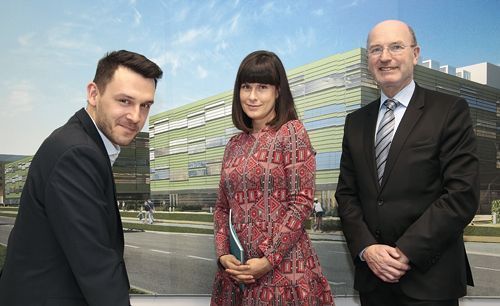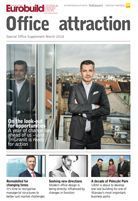Rafał Ostrowski, ‘Eurobuild CEE’: UBM has a large portfolio of assets in Austria, Germany and Poland. How does Poleczki Park compare to these others?
Rudolf Grossmayer, member of the management board of Poleczki Park, UBM: We have many different office developments, but they are not business parks. For many years Poleczki Park was the biggest single project in our portfolio and therefore it was very much our focus.
Poleczki now has six buildings comprising 84,000 sqm of office space in total. What’s your plan for this park right now?
Rudolf Grossmayer: We have completed a certain stage in the park. There is only one building still to be built in the so called ‘core zone’. Our target is to complete this core zone within two years and then what is to be built in the outer zone can be developed separately. We have obtained a new development permit for the outer zone, so we are now allowed to build higher buildings. Our strategy is to build them on dema































































